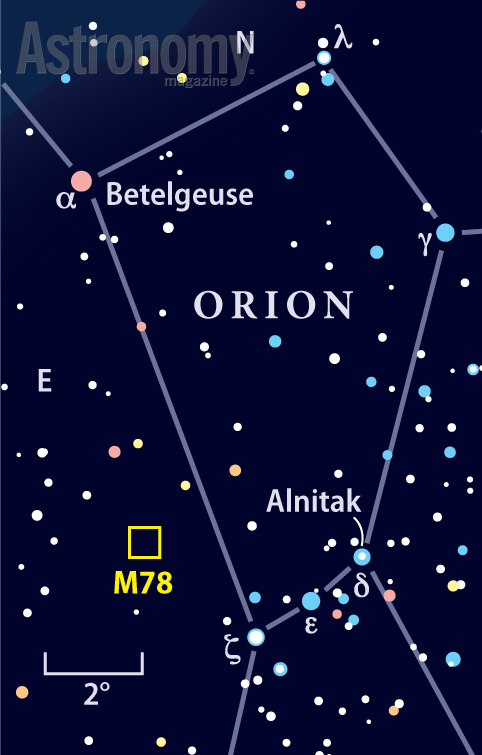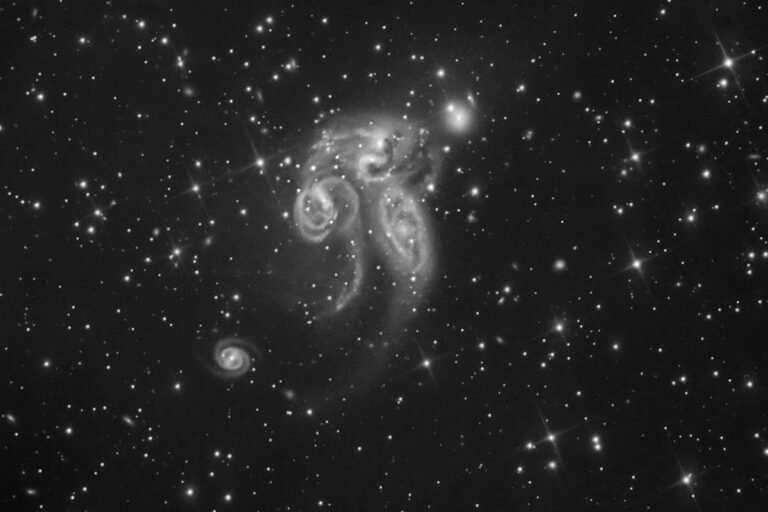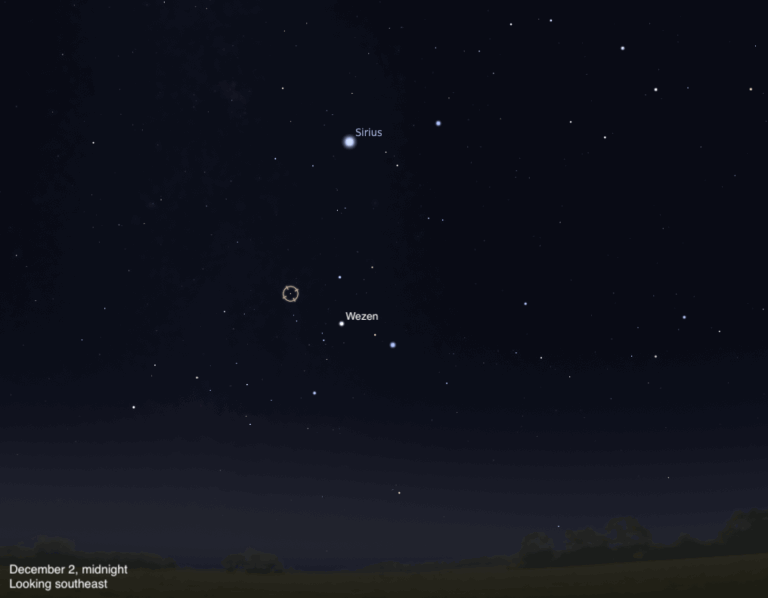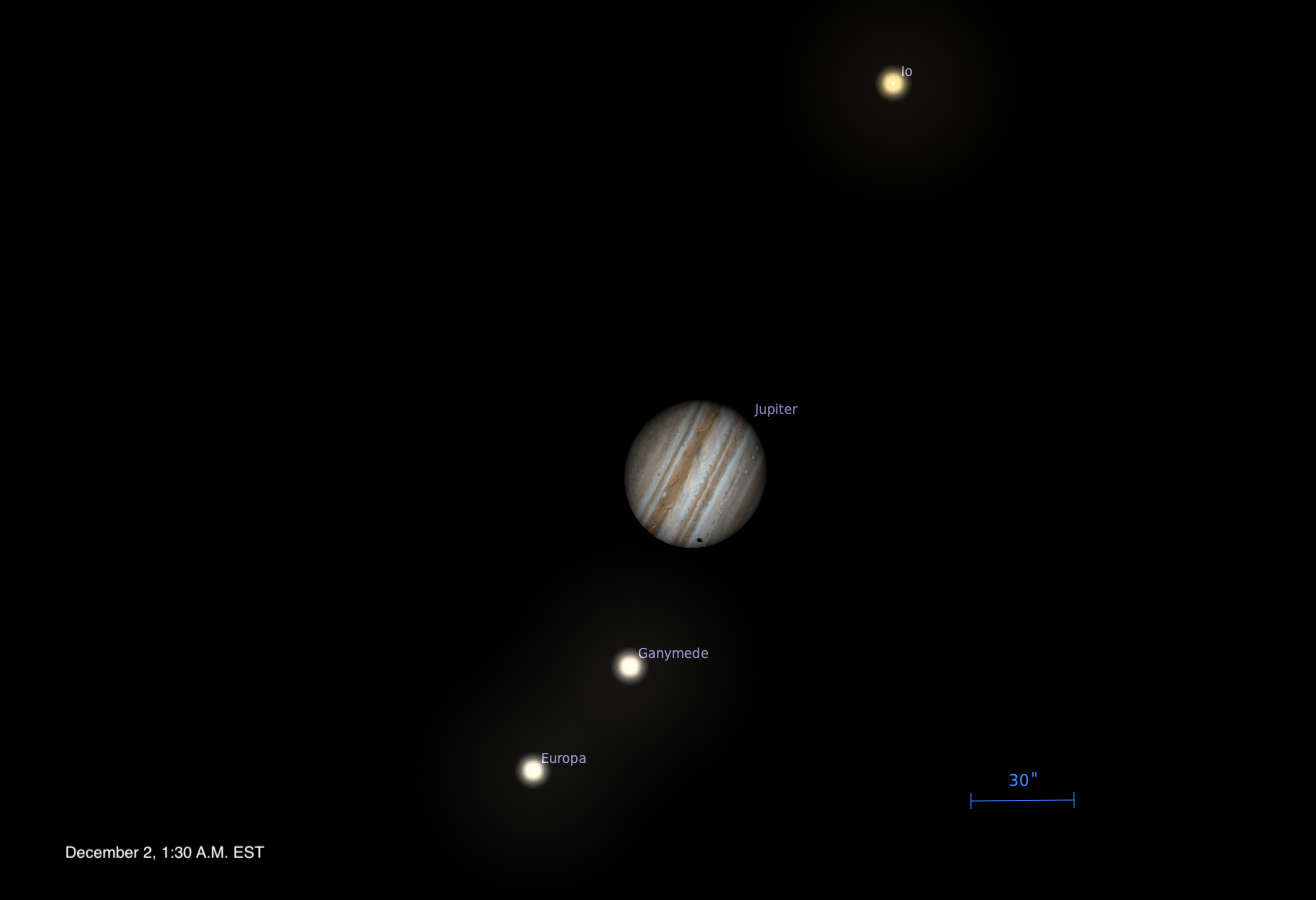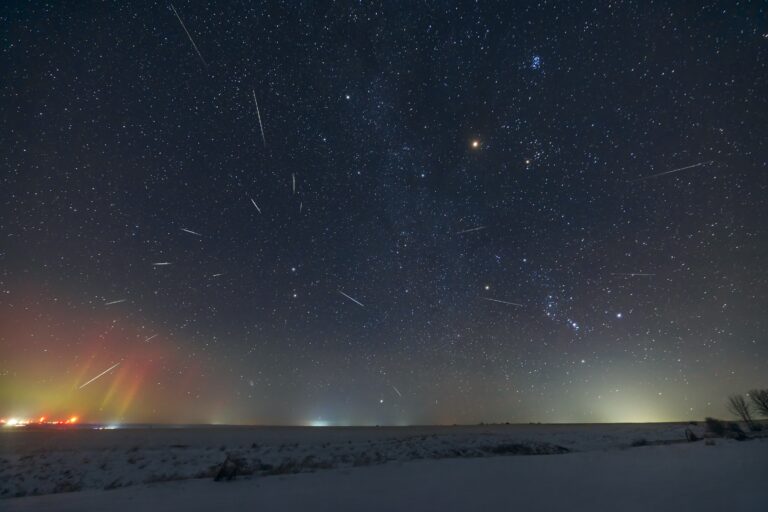Key Takeaways:
If you’d prefer a “small step” approach, I encourage you to look into the Las Vegas Astronomical Society’s (LVAS) “observer’s challenge.” Each month, the editors of this program highlight a noteworthy object. They encourage people to make an in-depth observation and send a brief report that includes descriptive notes and a sketch or image. Shortly after month’s end, they post the submissions on the LVAS website.
Also on the website is an archive of past observer’s challenges, which resulted from an experience current LVAS Vice President Fred Rayworth had at a star party in late 2008. Rayworth notes: “While we had a variety of scopes on site, the chatter was almost exclusively about imaging. … Not a single person was talking about looking through an eyepiece!”
Rayworth’s subsequent rant on the LVAS website elicited an email from North Carolinian Roger Ivester. Rayworth continues: “In Ivester, I had a long-lost visual kindred spirit on the other side of the country. After corresponding for a few months, he suggested we try to stir the pot and inspire others to take up, or at least participate in more, visual observing. We created the observer’s challenge.”
With an assist from LVAS President Rob Lambert, the first observer’s challenge (appropriately, the Crab Nebula [M1], the first object on Messier’s list) appeared on the LVAS website in February 2009. As of this past December, the LVAS has spotlighted 125 challenge objects.
Ivester, Rayworth, and Lambert invite you to participate in the January 2016 observer’s challenge by setting your sights on M78, Orion’s “other” Messier nebula. Though greatly overshadowed by the Orion Nebula (M42), M78 has the distinction of being the brightest diffuse reflection nebula (one whose light comes from nearby or embedded stars) in the sky. M42 and similar bright luminaries like M17 and M20 are basically diffuse emission nebulae that give off their own light.
What will you see when you aim your telescope at the sweet spot 3° northeast of Alnitak (the Delta [δ] star in Orion’s Belt) and peer into the eyepiece? I ain’t gonna tell ya! You’ll need to look for yourself. No quick glance either. Observe! Take notes that include date and time, sky conditions, equipment used, and a description of what you saw when you looked at M78. If you’ve seen M78 before, visit it again. Try binoculars or a different size scope. Experiment with nebula filters. Me? I’ll view M78 from my backyard using my 2.4-inch refractor in an effort to determine the detail such a small instrument under my slightly light-polluted suburban skies can reveal.
Next, make a sketch — no “I’m not a good artist” excuses allowed! We’re looking for a basic pencil-on-paper rendering of what you see at the eyepiece, not a Rembrandt masterpiece. If you need art lessons, visit Astronomy’s Astro Sketching column, hosted by our artist-in-residence Erika Rix.
When you’re done, assemble your notes and sketch (or your image) and submit them. For more information on the LVAS observer’s challenge and access to the archives, head to www.lvastronomy.com/observing-challenge.
Questions, comments, or suggestions? Email me at gchaple@hotmail.com. Next month: We get “Sirius.” Clear skies!


